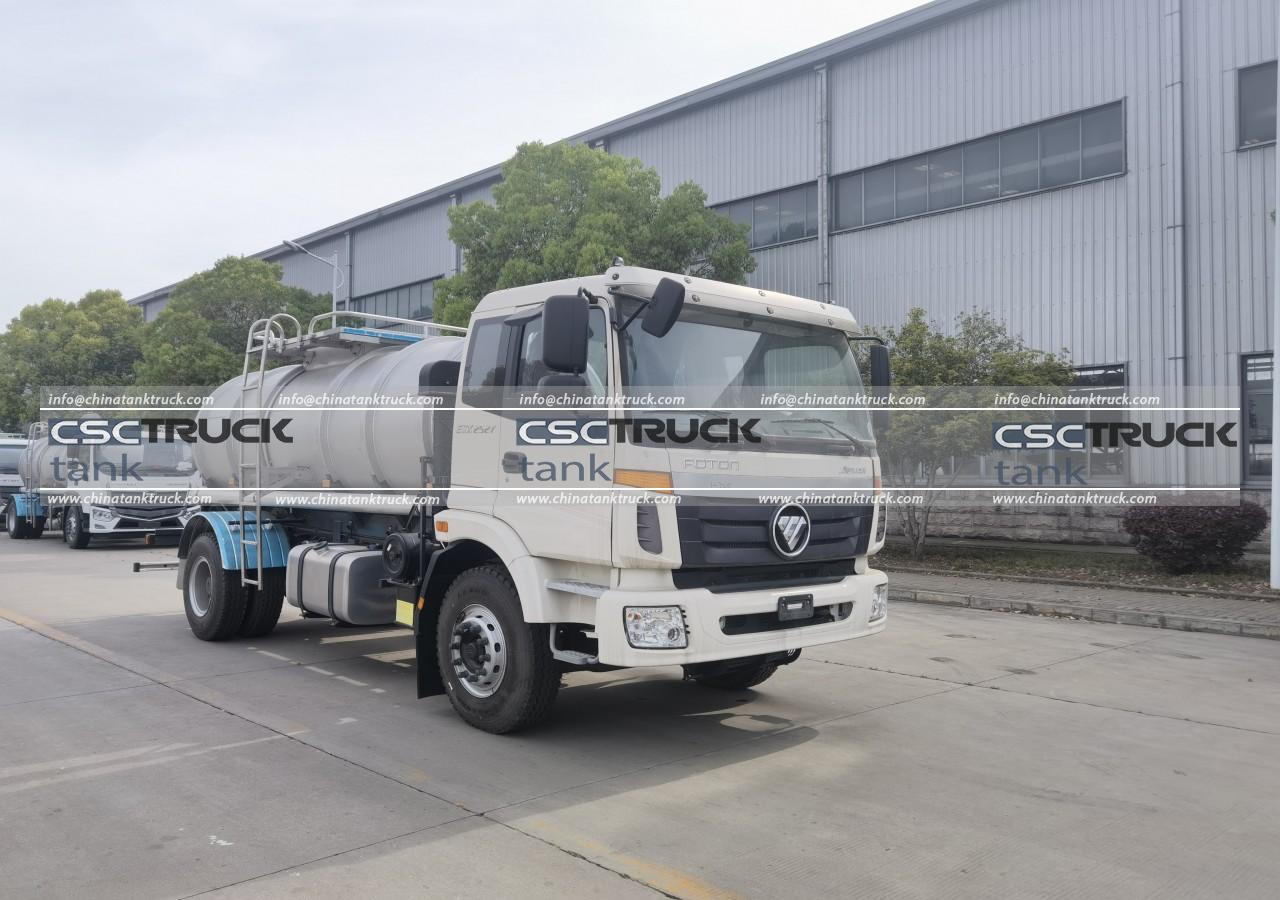Tank wagons, also known as tank cars or tank railcars, are specialized railway vehicles designed for transporting liquid and gaseous commodities in bulk. They are a vital component of the global freight system, enabling the efficient and safe transportation of various substances, from crude oil and chemicals to food-grade liquids. The design and construction of tank wagons vary depending on the nature of the cargo, regulatory requirements, and safety considerations. This article explores the different types of tank wagons, their uses, and the key features that distinguish them.
1. General-Purpose Tank Wagons
General-purpose tank wagons are designed to transport non-hazardous and non-corrosive liquids such as vegetable oils, molasses, water, and some types of alcohol. These tankers are usually unpressurized and made of carbon steel or stainless steel, depending on the nature of the cargo. They have relatively simple designs, and many include insulation or heating systems to maintain product temperature during transit.
Key Features:
- Single-compartment design
- Typically unpressurized
- May have internal linings for corrosion resistance
- Optional heating coils for viscous materials
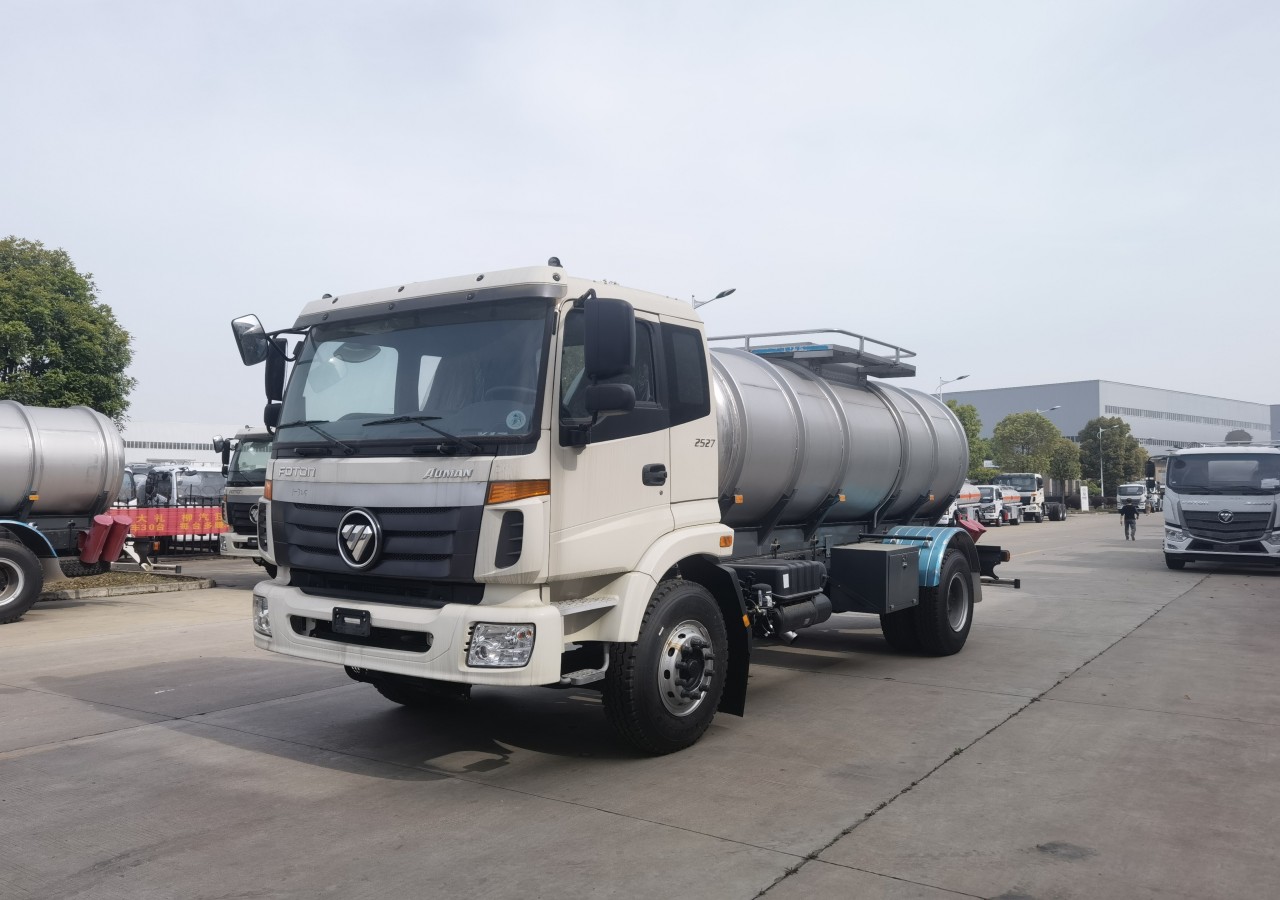
2. Pressurized Tank Wagons
Pressurized tank wagons are engineered to transport gases and volatile liquids that are stored under pressure. These tankers are heavily reinforced to withstand high internal pressures and are often used for liquefied petroleum gas (LPG), anhydrous ammonia, chlorine, and other industrial gases.
Key Features:
- Cylindrical shape with rounded ends to handle pressure
- Equipped with pressure relief valves and safety features
- Constructed from high-strength materials
- Require specialized loading and unloading systems
3. Insulated and Heated Tank Wagons
Certain products, such as heavy fuel oils, bitumen, or food-grade liquids like chocolate or syrup, require temperature control. Insulated and heated tank wagons are designed to maintain the temperature of the cargo throughout the journey.
Key Features:
- Insulated outer layer to reduce heat loss
- Steam or electric heating systems
- Often used for viscous liquids
- May have internal stirring mechanisms for even temperature distribution
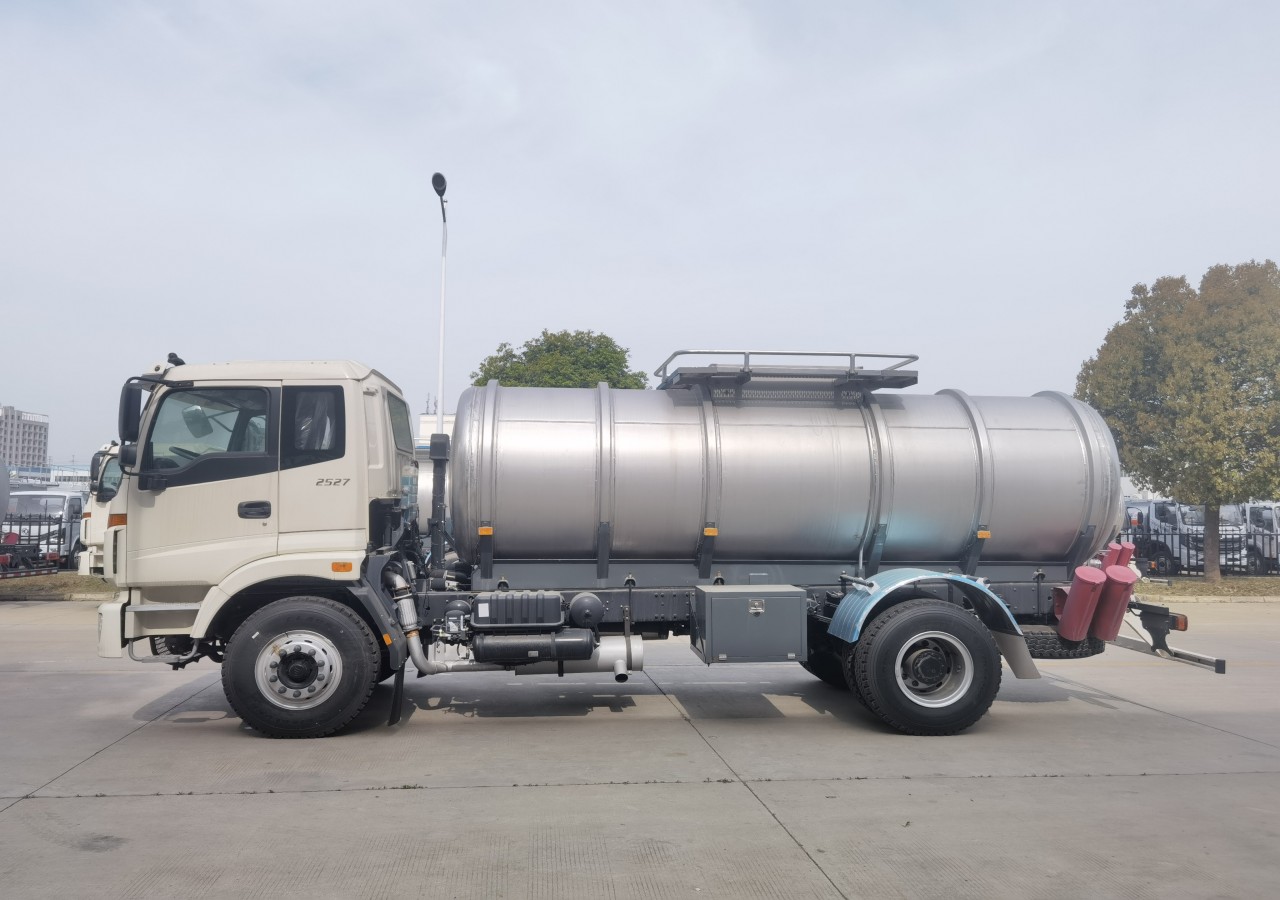
4. Cryogenic Tank Wagons
Cryogenic tank wagons are designed to transport liquefied gases at extremely low temperatures, such as liquefied natural gas (LNG), liquid oxygen, nitrogen, or argon. These tanks feature vacuum-insulated jackets to prevent heat transfer and ensure the cargo remains in liquid form.
Key Features:
- Double-walled vacuum-insulated construction
- Designed for extremely low-temperature conditions
- Equipped with pressure and temperature monitoring systems
- Used in industrial, medical, and energy sectors
5. Food-Grade Tank Wagons
Food-grade tank wagons are specifically constructed to carry consumable liquids such as milk, wine, edible oils, and fruit juices. These tanks must meet strict hygiene standards and are often made of polished stainless steel to prevent contamination and ensure ease of cleaning.
Key Features:
- Made from food-grade stainless steel
- Polished and smooth interior surfaces
- Steam-cleaning systems and sterile fittings
- Often compartmentalized to carry different liquids simultaneously
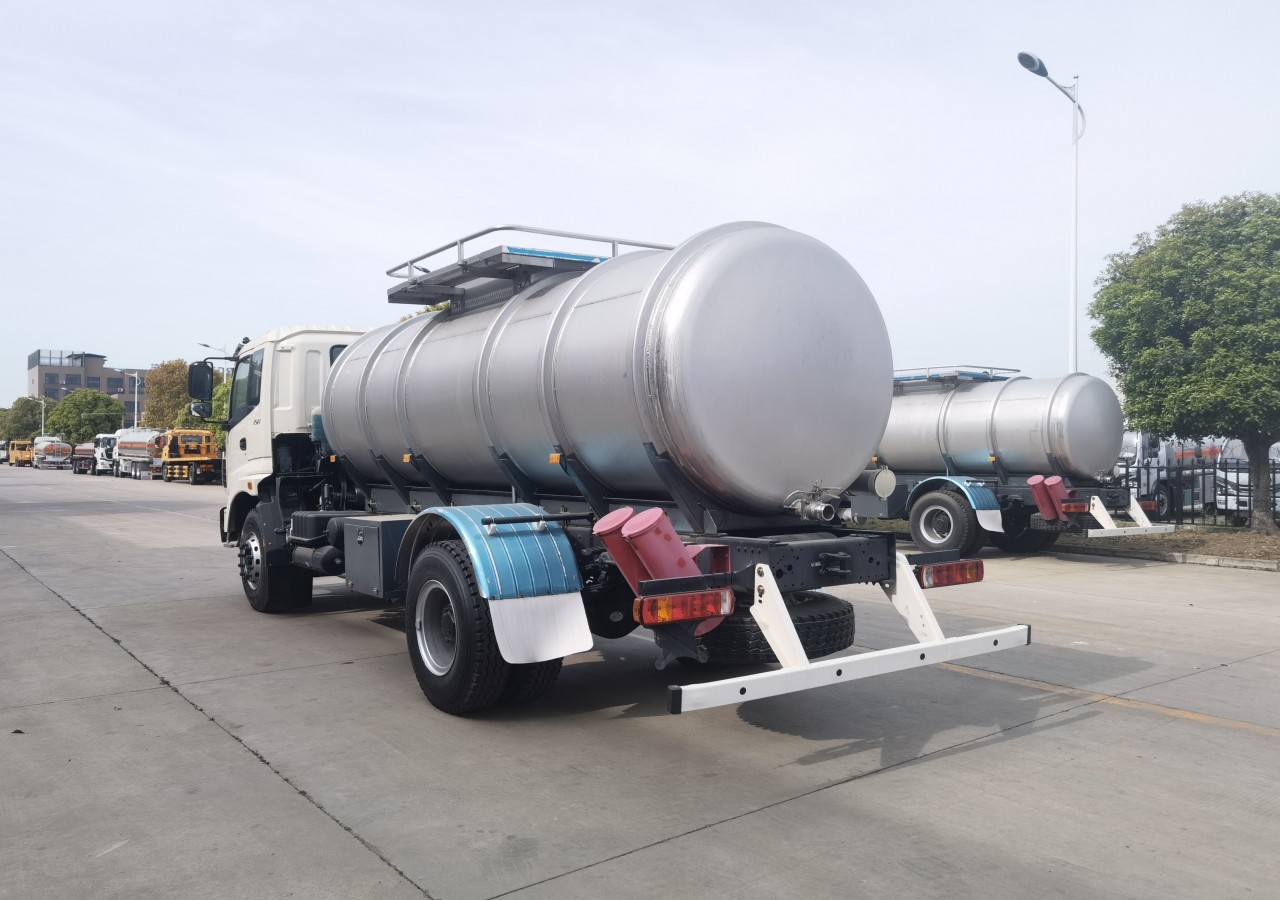
6. Chemical Tank Wagons
Chemical tank wagons are built to transport hazardous or corrosive chemicals, including acids, solvents, and industrial reagents. These tankers must meet stringent safety standards due to the dangerous nature of the cargo.
Key Features:
- Constructed from corrosion-resistant materials (e.g., stainless steel, rubber-lined steel)
- Equipped with safety relief valves, thermal protection, and grounding systems
- May be pressurized or unpressurized
- Labeled with hazard classifications and safety signage
7. Powder and Granulate Tank Wagons (Dry Bulk Tank Wagons)
Although not liquid-carrying, these wagons are often grouped with tank wagons due to their cylindrical design and pressurized discharge systems. They are used to transport dry bulk goods such as cement, flour, lime, and plastic pellets.
Key Features:
- Cylindrical tanks with conical bottoms for gravity unloading
- Pneumatic discharge systems
- Often pressurized to facilitate unloading
- Multiple compartments may be included for transporting different products
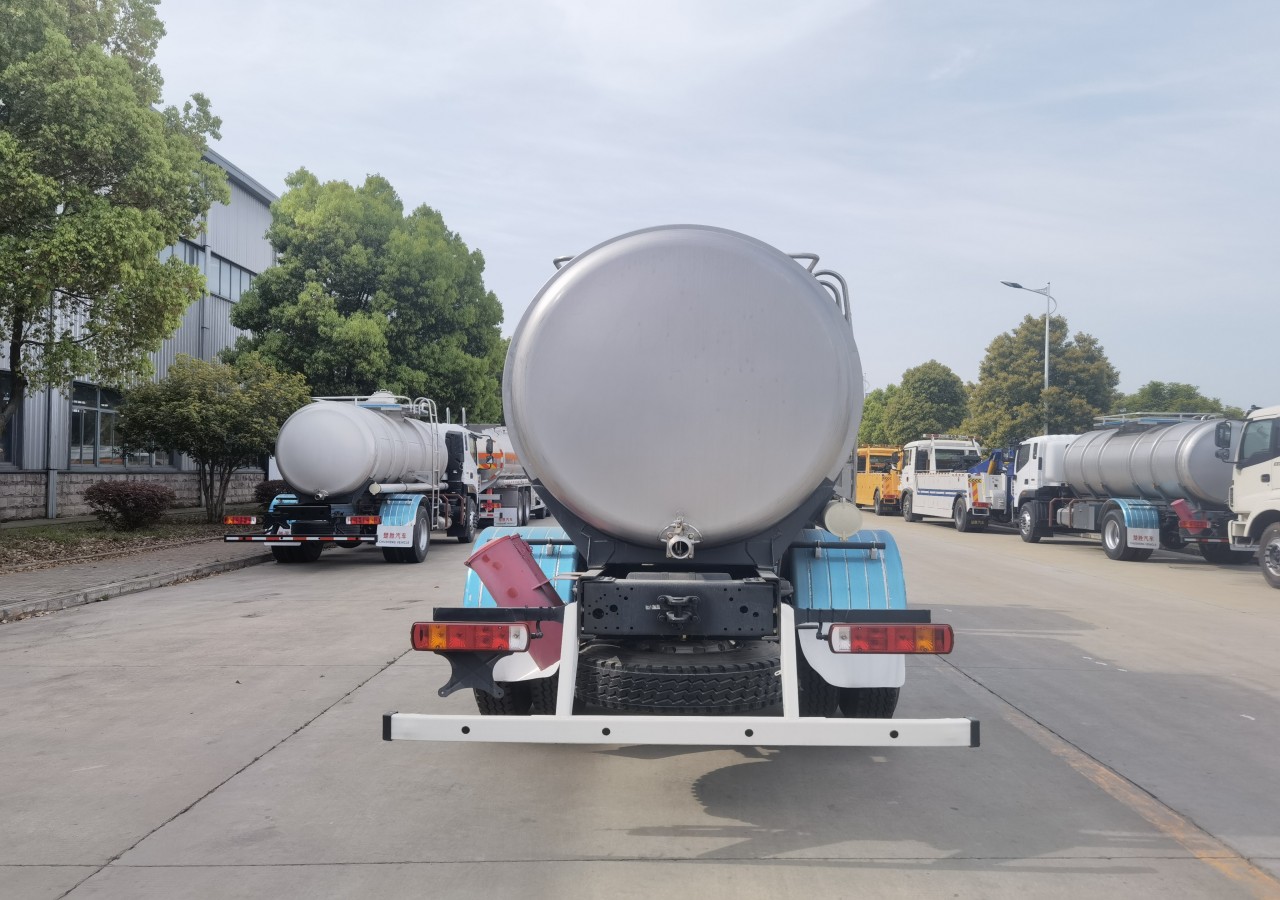
8. Molten Sulfur Tank Wagons
Molten sulfur requires special handling as it must be transported at high temperatures to remain in liquid form. These tank wagons are heavily insulated and include robust heating systems to keep the sulfur above its melting point (about 115°C or 239°F).
Key Features:
- High-performance insulation
- Steam heating coils or electric heaters
- Corrosion-resistant linings due to sulfur’s reactivity
- Strict safety protocols due to the risk of solidification and pressure build-up
9. Bitumen/Asphalt Tank Wagons
Bitumen and asphalt are viscous and require transport at elevated temperatures. These tank wagons are similar to molten sulfur wagons and are fitted with heating systems and heavy insulation.
Key Features:
- Thick insulation layers
- Internal heating coils (steam or electric)
- Designed to prevent material hardening during transport
- May have internal agitators for temperature consistency

10. Specialty Tank Wagons
There are also custom-designed tank wagons for unique industrial needs. These may include:
- Acid tankers for high-concentration sulfuric or hydrochloric acid
- Alcohol tankers for industrial or beverage-grade ethanol
- Isotank containers are mounted on rail wagons for intermodal transport
These wagons are built to meet specific standards dictated by the product, including pressure ratings, materials, and safety protocols.
Considerations in Tank Wagon Design
When choosing or designing a tank wagon, several critical factors are taken into account:
- Nature of the cargo (corrosive, flammable, food-grade, etc.)
- Temperature requirements
- Volume and weight capacity
- Loading and unloading procedures
- Regulatory compliance (e.g., RID, DOT, AAR standards)
- Safety features include pressure relief valves, grounding, and fire protection
Conclusion
Tank wagons are essential to the efficient movement of liquid and gaseous products across vast rail networks. Their designs are as varied as the substances they transport—from edible oils to industrial chemicals, from LPG to cryogenic gases. Each type of tank wagon incorporates specialized materials and systems to ensure safety, regulatory compliance, and cargo integrity. As rail transport continues to evolve, so too will the technology and versatility of these indispensable freight vehicles.
Understanding the different types of tank wagons is not only important for logistics and railway operators but also for industries that rely on bulk transportation to maintain supply chains and support global commerce.
